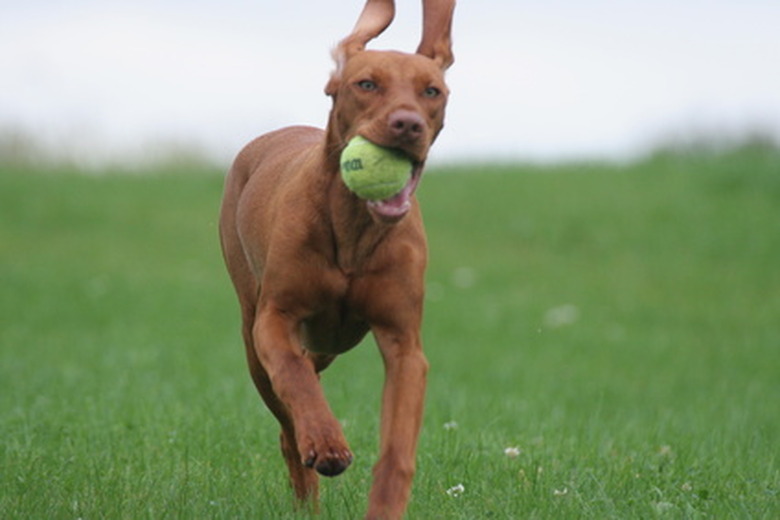Torn Ears On A Dog
If your dog has a ripped ear, start treatment right away by controlling the bleeding and then getting your pup to the vet. Torn ears can happen to any dog, although dogs with long, floppy ears and dogs who spend a lot of time outdoors are most prone to these types of injuries.
Dog split ear causes
Dog split ear causes
There are many things that can cause a dog's ripped ear. Trauma is the most common cause, such as from a dog fight or getting caught on branches. In some cases, dogs may injure their own ear by scratching, especially if they also have an ear infection or mites that are causing itching. Dogs with long, floppy ears may injure the tip of the ear when they shake their head vigorously.
Control bleeding and inspect wounds
Control bleeding and inspect wounds
Dog ear injuries bleed a lot due to the large amount of blood supply to the ears. It can be scary when your pup is bleeding that much, and it may seem that your dog has an ear that is ripped in half, but fortunately, ear injuries aren't usually that bad. Examine the ear to find the tear or cut and then place gauze or a small, clean towel on the inside and outside of the ear flap, covering the wound.
Holding the gauze in place, raise the ear flap and lay it across your pup's head. If you have someone to drive you and your pup to the vet, you can hold the ear in place. Alternatively, wrap gauze or a bandage around your dog's head and under his neck to secure the ear. Bandaging the wound is important since your dog can reopen and worsen the wound if he is allowed to shake or scratch his ear. Make sure the bandage is not so tight that it constricts your dog's breathing.
Clean the wound
Clean the wound
Preventing infection is important, so you must clean the wound well. You can do this yourself for some wounds, but for more serious injuries or if your dog isn't cooperating, allow your veterinarian to complete this step. You may need to shave the ear if you have a long-haired dog but make sure you don't worsen the tear.
Remove any dirt and debris from around the wound. This may reopen the wound and cause the bleeding to start again. Then, wash the area with soap and warm water. Rinse thoroughly and pat the ear dry. Reapply the gauze to stop the bleeding if necessary.
Dog torn ear treatment
Dog torn ear treatment
Torn ears can be difficult to treat, and they can be prone to infection. Your vet will examine the injury to determine how to fix a dog's ripped ear. In some cases, a dog with a ripped ear needs stitches. However, this is not always the best option, as ear tissue is thin and fragile and may not hold stitches well.
Depending on the injury, your vet may prescribe medications, such as antibiotics or pain relievers. Be sure to administer these as instructed. Your vet will also treat any other conditions that may have led to the torn ear. For example, if your dog has an ear infection that is causing your dog to scratch, your vet will likely prescribe ear drops.
Since ear injuries can easily be reopened, many torn ears will need to stay bandaged as your dog recovers. You may need to change the bandage multiple times per day depending on the injury. Follow your vet's instructions for bandage changes. Remove the old bandage, taking care not to reopen the wound. Clean the area with a saline solution and then reapply the bandage.
